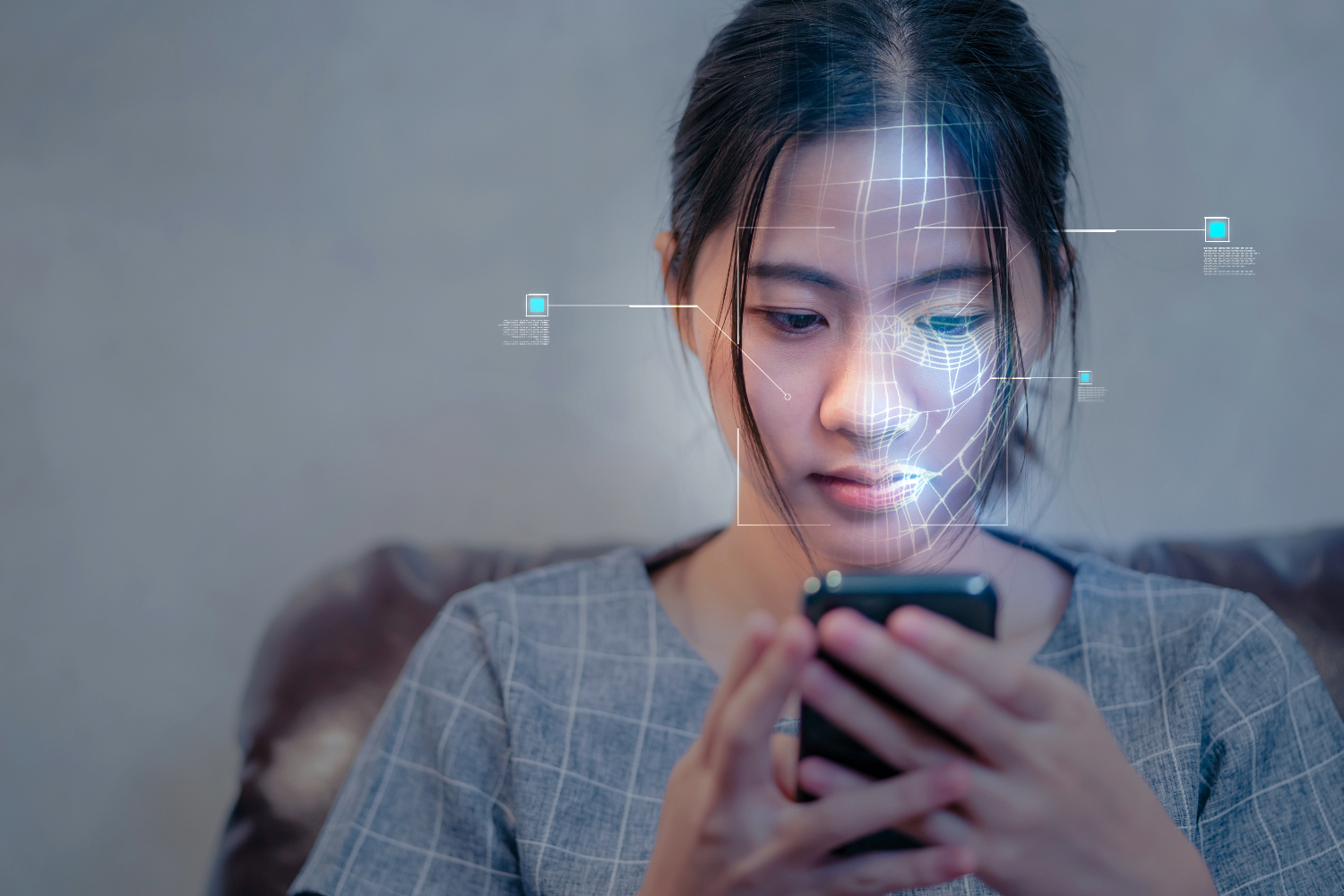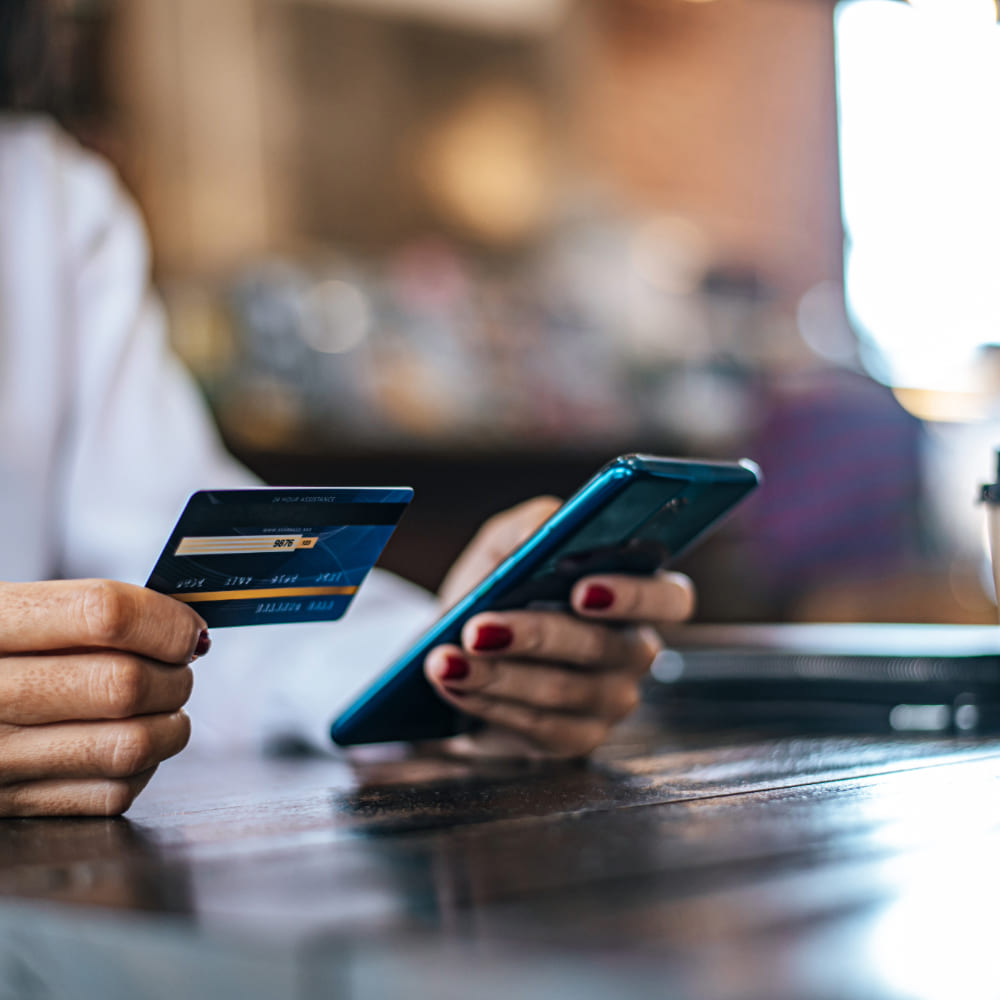The abandonment rate in the financial industry can be reduced — but only by addressing the underlying causes and redesigning digital experiences with real user needs in mind.
Proof of life, needed more than ever

The true ally of biometrics is proof of life, as it creates a screen against spoofing.
B
iometric recognition is a revolutionary technology that, in the field of digital identity verification, is enabling highly efficient operations. Its ability to adapt to various uses and experiences is making it easier for citizens in both the public and private sectors. Biometrics alone, however, is not infallible, and needs to be supported by an effective video identification with fraud detection technology and different security layers like proof of life.
Also known as real user detection or Presentation Attack Detection (PAD), the proof of life, a perfect complement to biometric analysis, verifies in the middle of an authentication process that the person is real and not an image or any kind of artificial copy. Nowadays, and in just minutes, we can open a bank account from home without the intervention of a person. Biometric recognition is becoming essential to ensure the soundness of onboarding procedures, but without a precise, life-sensing video identification, biometrics cannot stand up on its own.
Using liveness detection improves the accuracy and security of an individual’s identity authentication. This helps prevent fraud and impersonation, money laundering, unauthorized account access and data misuse, especially important in security-critical environments such as banking, government and public safety.
Adopting strong measures against presentation attacks
The presentation attacks, to which biometric recognition can be exposed, range from the use of a video played from a cell phone to 3D prints that mimic a person’s features or even latex masks. The imagination of fraudsters knows no bounds and now they also have a brilliant accomplice: social networks. Instagram or Facebook are a goldmine full of real images that serve as the base for forgeries. PADs are currently in a long-distance race against an increasingly intelligent enemy: deepfakes. This form of fraud, originally known as synthetic face animation, is based on the application of artificial intelligence to create manipulated and falsified audiovisual content, capable of fooling viewers into believing that what they are seeing is real. Deepfakes are even able to imitate the voice of the person on screen and in just a few years have achieved a level of perfection worthy of a dystopia. In addition, the widespread use of certain apps has simplified the technology to such an extent that anyone can make a deepfake in seconds and from their cell phone, whereas previously not only experience and skill were necessary, but also advanced tools within the reach of very few.
Developers are striving to make life detection increasingly reliable and ensure robust digital onboarding. They are also trying for it to be less invasive and to collect evidence that the biometric traits are real in a more extended way; either from active tests, in which the user is asked to cooperate, or passive ones, which work in the background during authentication, practically unnoticed by the user. In both cases the PAD focuses on detecting movements in a smile or eye movements, from which it performs calculations that conclude whether the image belongs to a real person or is artificially created.
Biometric recognition as a key component of life proofing
Beyond facial feature recognition, biometrics is advancing in the analysis of other human characteristics: fingerprint, blinking, typing speed or signature patterns. This progress though, poses a challenge for proof-of-life technology. With every new step, a new presentation attack is invented. For example, someone could use a high-resolution photograph of another person’s fingerprint to fool an authentication system. In this case, the proof of life technology must focus on characteristics that are only present in a living being, such as pores or sweat. Proof of life can focus on the pressure of the finger against a sensor, the presence of small unnatural air bubbles, morphology, skin texture (different from silicones and polymers) or temperature and blood circulation.
The support of life detection to verify identities makes it possible to authenticate home service providers, onboard new users, gain access to official buildings or verify photographic and audiovisual material for subsequent use in legal proceedings. The more diverse the attacks and the more accessible the technology to carry them out, for example, video ID and video verification, the more comprehensive these mechanisms have to be.
























